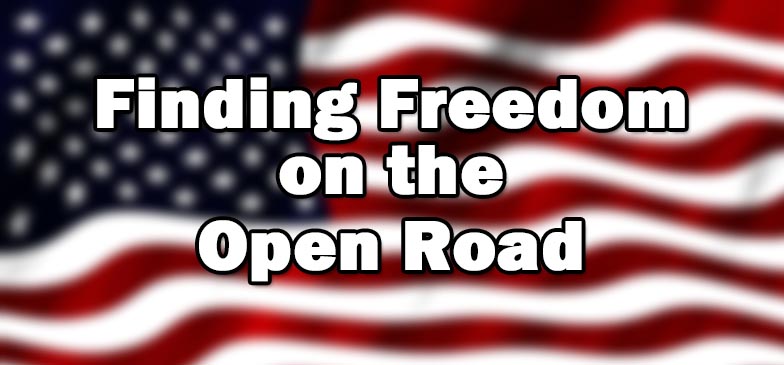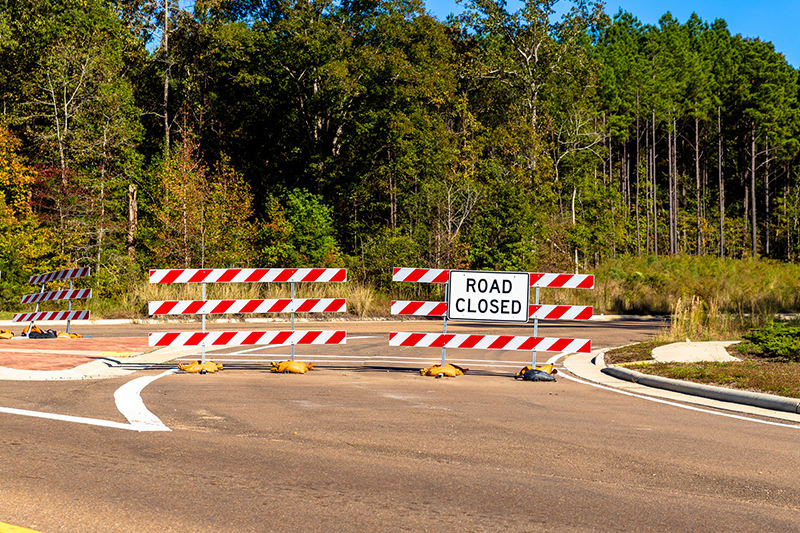The iconic idea of the “freedom of the open road” has long been a central part of American culture, symbolizing adventure, independence, and the possibility of endless exploration. However, this notion is increasingly being challenged by a range of modern realities.
Factors such as urbanization, traffic congestion, environmental concerns, and the rise of automated and shared mobility services are reshaping how Americans experience and perceive driving.
This article examines the reasons why the traditional concept of open-road freedom may no longer exist in America, exploring the influences that have transformed this once cherished ideal.
One of the most significant factors contributing to the decline of open-road freedom is urbanization. As more people move to cities and metropolitan areas, road networks become more congested.
The increase in population density leads to heavier traffic, making the once-enjoyable experience of a road trip feel like a tedious and stressful ordeal. Long gone are the days when drivers could start on a journey with the promise of an unobstructed highway ahead. Today, going through crowded streets and dealing with constant traffic jams are the new norms for many drivers.
Also Read: Luxury Sales and EV Demand Push New Car Prices Near Record High in December 2024
Environmental concerns and the push for sustainability have also played a role in altering the concept of the open road. The environmental impact of widespread car usage, including greenhouse gas emissions and air pollution, has led to stricter regulations and policies aimed at reducing the carbon footprint of transportation.
Measures such as emissions standards, fuel taxes, and the promotion of public transit and cycling infrastructure are changing how people think about driving.
The carefree, fuel-guzzling road trips of the past are increasingly seen as environmentally irresponsible, prompting a shift toward more sustainable modes of travel.

The rise of automated and shared mobility services is another factor influencing the changing world of driving in America.
With the advent of ride-sharing platforms like Uber and Lyft, as well as the development of autonomous vehicles, the traditional notion of personal car ownership is being questioned.
Many people now prefer the convenience and cost savings of using shared mobility services over owning and maintaining their vehicles. This shift not only affects individual driving habits but also has broader implications for traffic patterns and road usage.
Technological advancements in navigation and traffic management have also contributed to the changing perception of road freedom. While GPS and real-time traffic updates have made driving more efficient, they have also eliminated much of the spontaneity and adventure that once defined road trips.
Drivers are now guided by algorithms that optimize routes, minimizing travel time but also limiting opportunities for unplanned detours and discoveries. The sense of exploration and serendipity that was once central to the open-road experience is gradually being replaced by precision and predictability.
Economic factors further complicate the picture. The cost of car ownership, including expenses such as fuel, insurance, maintenance, and parking, has risen significantly. For many Americans, the financial burden of owning and operating a vehicle makes the idea of road freedom less accessible.
Additionally, infrastructure challenges, such as deteriorating road conditions and insufficient investment in highway maintenance, can make driving less enjoyable and more hazardous.
Also Read: Rising Costs and Supply Shifts Reshape Car Market as Dealers Brace for 2025 Challenges

